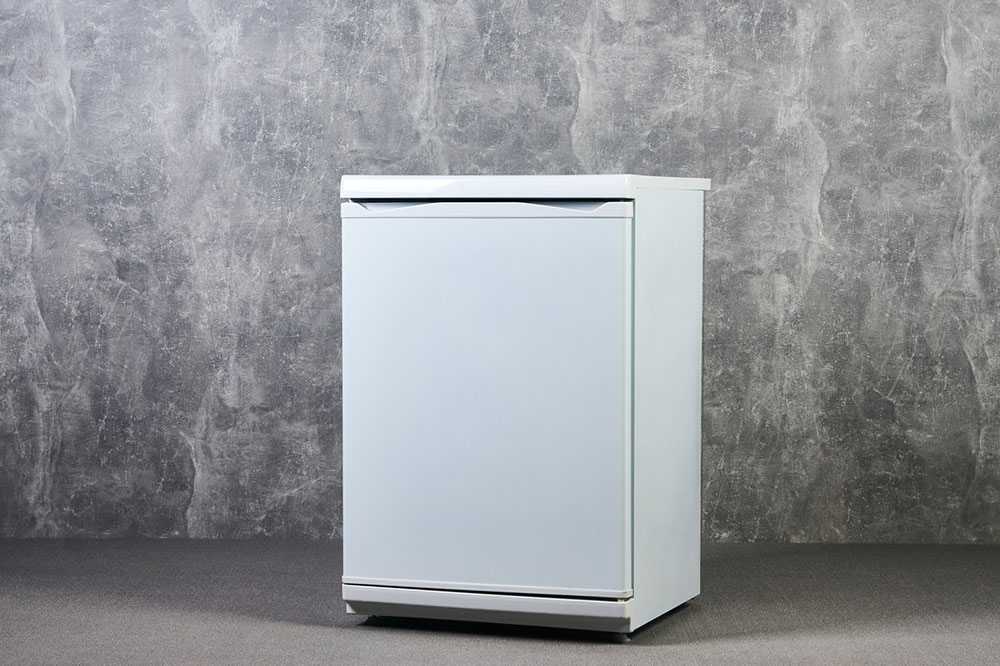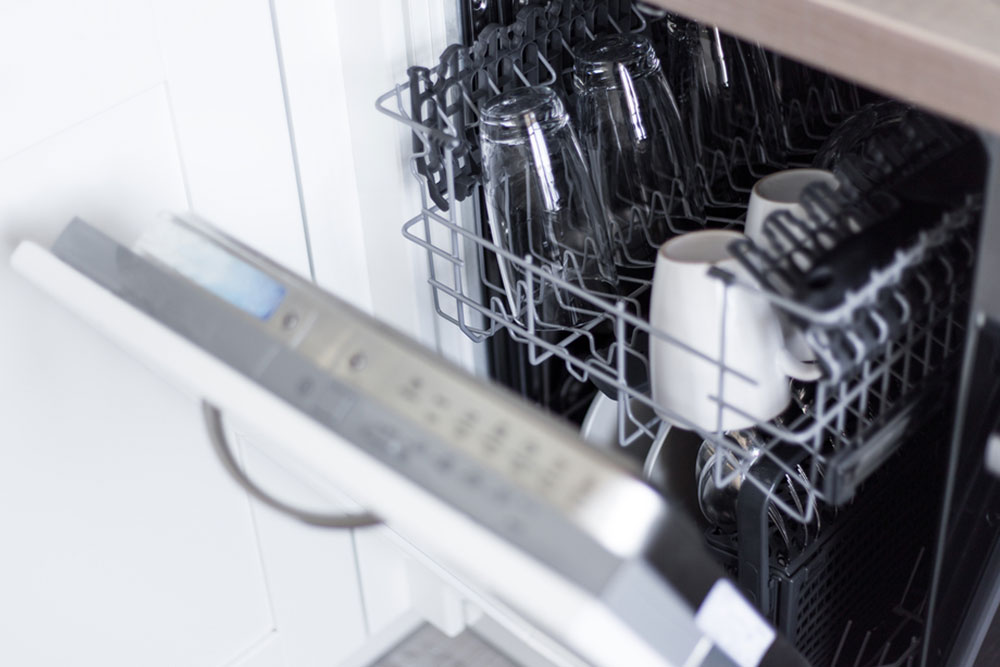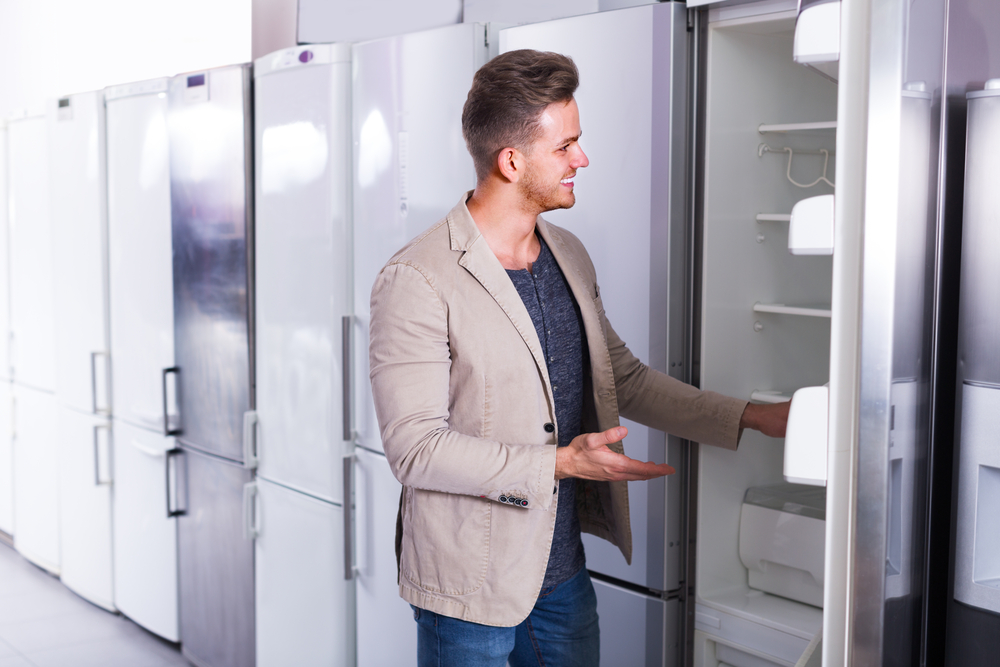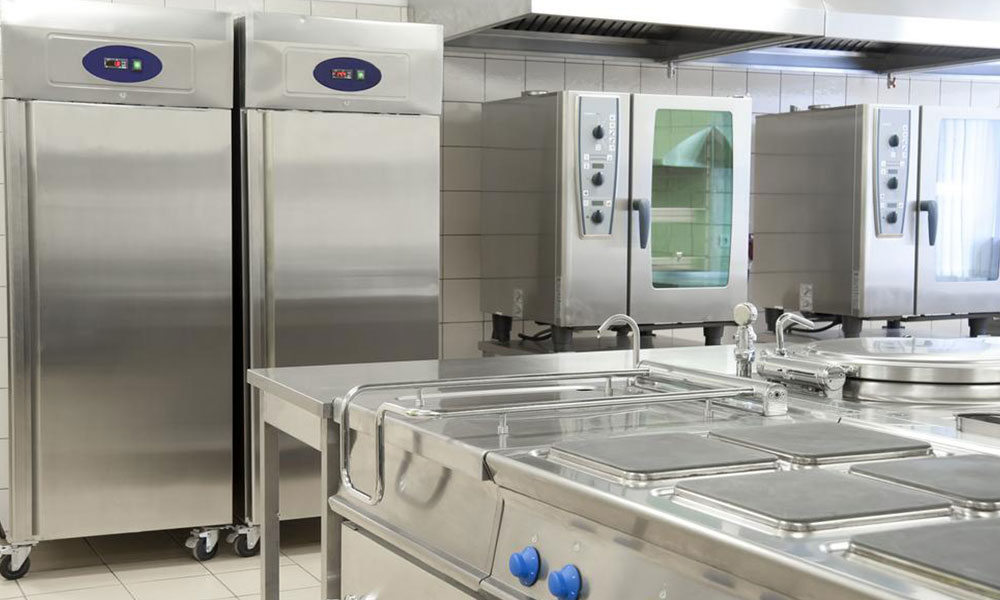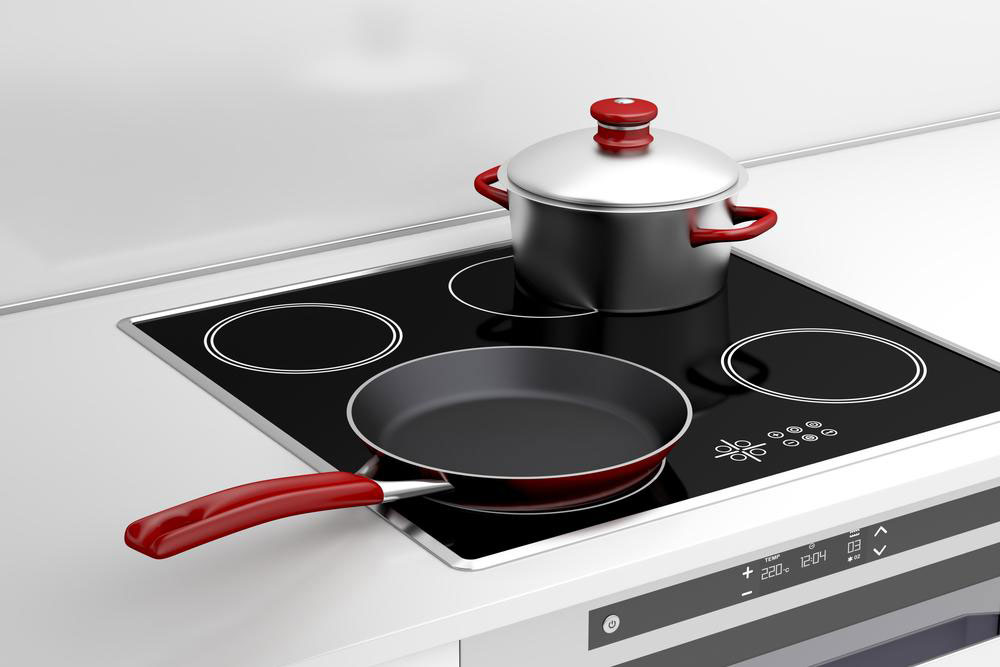Advantages and Disadvantages of a Counter-Depth Refrigerator
Discover the advantages and disadvantages of counter-depth refrigerators. These sleek appliances enhance kitchen design with seamless integration and organized storage, but may have limited freezer space and require precise measurements. Make an informed choice to balance style, space, and functionality for your home.
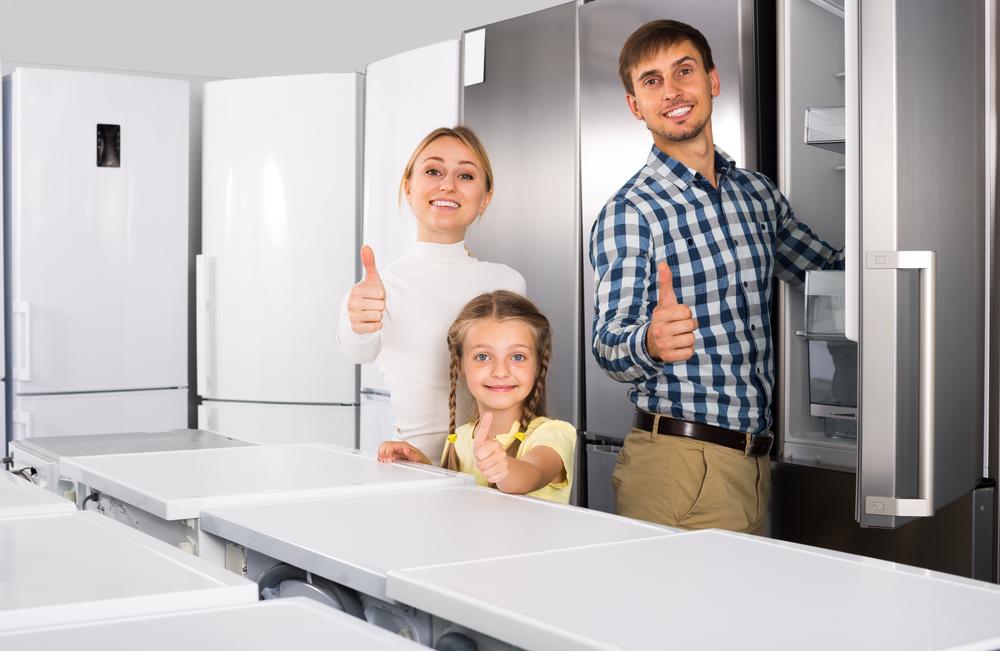
Advantages and Disadvantages of a Counter-Depth Refrigerator
Counter-depth refrigerators enhance kitchen aesthetics by providing a sleek, integrated appearance. Available from all major brands, these appliances come in various styles and sizes to suit different needs.
However, not all counter-depth models are identical. Their dimensions, styles, and features differ, making it important to evaluate their benefits and drawbacks before purchasing.
Benefits and Drawbacks of Counter-Depth Refrigerators
While popular with consumers for their stylish look, counter-depth refrigerators vary in size and design. Understanding their advantages and limitations can help you choose the right model for your kitchen.
Pros
Streamlined Appearance
These units provide a seamless, built-in look by aligning perfectly with your countertops, creating a cohesive kitchen design.
Enhanced Accessibility
With shelves and drawers positioned at ergonomic heights, retrieving items is easier without unnecessary bending, and accessing food at the back is straightforward.
Variety of Styles
Counter-depth models come in several configurations, including side-by-side, French door, standard, and bottom freezer designs.
Additional Advantages
Improved Traffic Flow
By fitting flush with cabinets, these refrigerators reduce obstructions and make the kitchen more navigable.
Organized Storage
Wider, longer door bins help store a variety of items, making organization simpler and foods easier to find.
Cons
Replacement Challenges
Ensuring proper fit requires precise measurements of space—height, width, and depth—when replacing an existing unit.
Limited Freezer Space
While refrigerator storage is ample, freezer capacity is typically reduced in counter-depth models.
Door Clearance Requirements
Doors may need additional space to open fully, and nearby cabinets can interfere with easy access.
Crushability of Drawers
While crisper drawers keep produce fresh, their smaller size can make storing larger items difficult.
Size Compatibility Issues
Older homes or tight spaces may limit options, as these units vary in size and depth, potentially requiring compromises.
Energy Loss from French Doors
Opening both doors simultaneously can let out cold air, impacting energy efficiency.
Choosing a counter-depth refrigerator is a significant decision, balancing aesthetics with functionality. Consider space limitations, feature preferences, and how the appliance fits into your kitchen layout before making a purchase. This option favors functional design over cubic capacity.
Note:
Our blog provides diverse, practical information across multiple categories. While our research aims to offer valuable insights, please view articles as informational rather than definitive. The website is not responsible for discrepancies or outdated data. Readers should also be aware that some offers or promotions may differ elsewhere.

